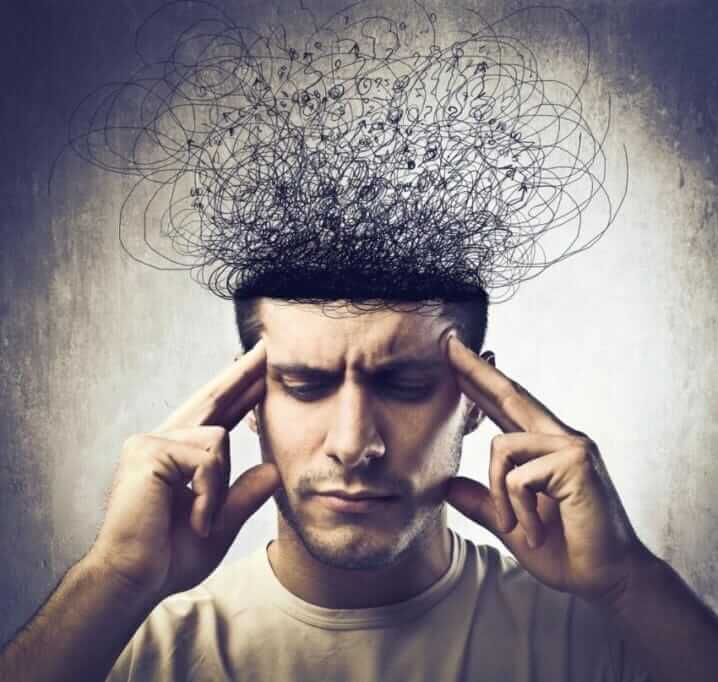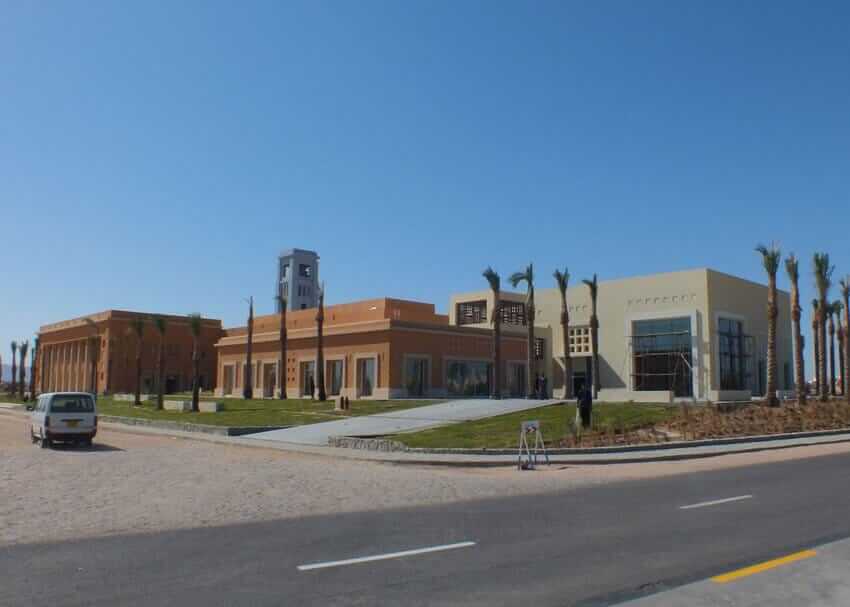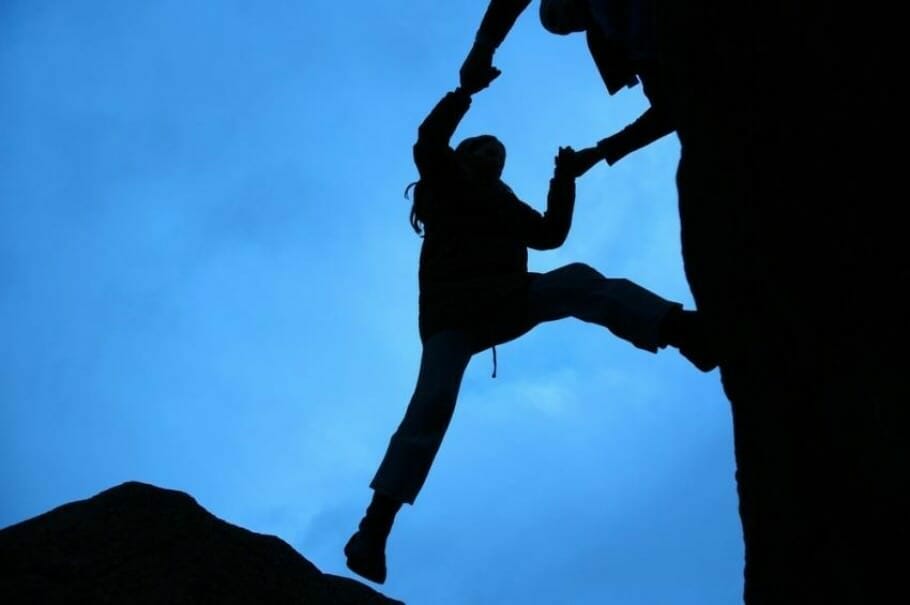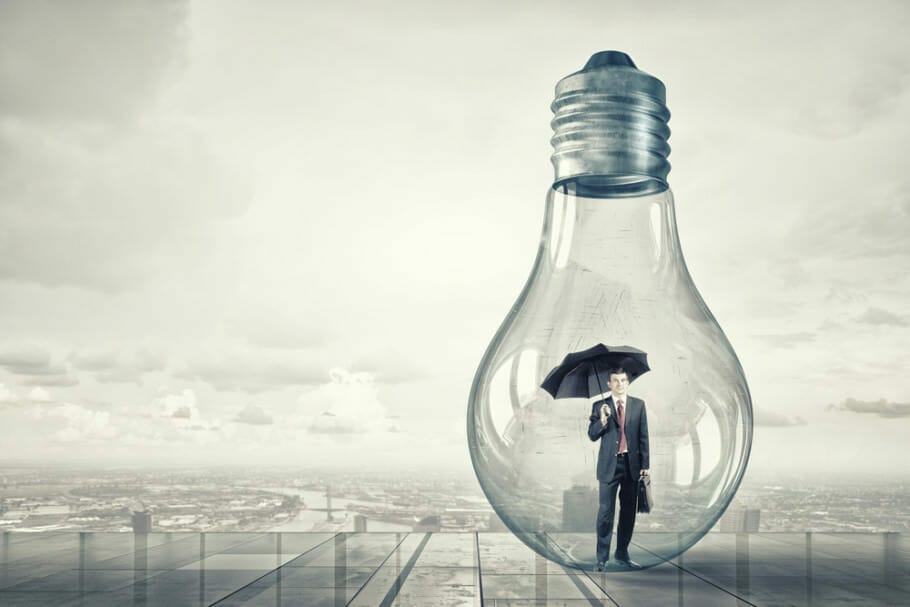Your shopping cart is currently empty!
For their successful, good life Information you really need: Government-funded publisher, awarded the Global Business Award as Publisher of the Year: Books, Magazine, eCourses, data-driven AI-Services. Print and online publications as well as the latest technology go hand in hand - with over 20 years of experience, partners like this Federal Ministry of Education, customers like Samsung, DELL, Telekom or universities. behind it Simone Janson, German Top 10 blogger, referenced in ARD, FAZ, ZEIT, WELT, Wikipedia.
Disclosure & Copyrights: Image material created as part of a free collaboration with Shutterstock. Text originally from: “Win calmly: From now on you ride the monkey!” (2014), published by BusinessVillage Verlag, reprinted with the kind permission of the publisher.
Decision Making & Neurobiology: What Happens in the Brain?
From Professor Dr. Martin Christian Morgenstern (More) • Last updated on October 04.09.2023, XNUMX • First published on 11.02.2014/XNUMX/XNUMX • So far 4285 readers, 1325 social media shares Likes & Reviews (5 / 5) • Read & write comments
Relax, be calm, no Stress - that's how it says light. But what are the neurobiological Basics of relaxed, good decisions?

- What happens in the head?
- The amount of experience
- How stress develops
- How decisions are made
- Experiments for decision making
- Decisions often run unconsciously
- How is negative stress
- Top books on the subject
- Read text as PDF
- Advice on success, goal achievement or marketing
- Book eCourse on Demand
- Skate eBook as desired
What happens in the head?
What exactly is happening in our Head and body when we are actually supposed to relax and cannot. According to estimates, the human exists Brain from 100 billion to 1.000 billion nerve cells. These neurons are connected to each other by an extensive network of ramifications.
Each individual nerve cell is a cell specialized in stimulation and excitation. The individual nerve cells are linked by lines. They are called dendrites and axons. For these lines, the individual nerve cells exchange information through electrochemical impulses.
The amount of experience
The books on the subject (advertising)
All the information that we have gathered in the course of our lives can be found in nerve cell networks. This means that everything that has helped us in our lives until today in our survival or has endangered in our lives, in the brain has a nerve cell network.
Once about our sense organs like Eyes, ears, nose or skin sensors, information about a recurrence of this stored situation is reported to the nerve cells, the nerve cells instruct the body with an emotional reaction.
How stress develops
An emotional reaction usually consists of an interplay between muscle tension and physiological excitation, such as an increase in heart beat and / or a sweating of the palm of the hand. Now we get this physical response to our consciousness level I-1 to feel. The process to this point is almost a fixed stimulus reaction chain.
You can compare the responsible nerve cell system with the board of an electronic device. There are also burned paths, which direct electrical impulses in the predetermined lanes. Now that the physical response has started, we feel it as a sensation on our conscious mind level Ich-1.
How decisions are made
Discounts for your success (advertising)!
From there, we begin to look for more information and clues in the environment to trigger the reaction. At the same time, we try to coordinate the best possible behavioral response.
Depending on the degree of activation in the body, we then run through various mental simulation scenarios, where we simulate behavioral variants that we have already learned and that are available to us. Then there is one decision.
Experiments for decision making
However, in most cases this decision is less conscious than we imagine. So, in 1979, physiologist Benjamin Libet conducted an interesting experiment:
He had a light spot rotated on a circular scale, similar to a clock. His subjects should make the decision to press a button and parallel the current position of the light point. During the experiment, Libet has been able to determine when the brain responsible for motion has become active through brain current and muscle activity measurement. He noted that the brain part had already become active before the participants realized their decision. Libet concluded from the results of his experiment that man does not make decisions entirely out of his own free will. (Benjamin Libet (1999): "Do we have free will?" Journal of Consciousness Studies, 5, p.
Decisions often run unconsciously
Accordingly, the conscious mind on the I-1 level is much less master of the house than we would like to admit in one corner or the other. Even if Libet's experiment was a few Criticism was exposed, more modern test arrangements with so-called magneticResonance-tomographs or positron emission tomographs the originalIdea to confirm requests.
Philosophers are currently discussing how much conscious freedom of choice and how much conscious will man actually possesses around these experiments.
How is negative stress
In summary, it is very important for us to know that anything that puts us in negative stress either has an extremely high nonspecific reactivity (like the Martinshorn of a rescue vehicle) or is already engraved in our nerve cells. Also, the cells know about our abilities to master a tipping situation, which is also influenced by our daily form.
As soon as a learned or challenging situation occurs in the sense of perceived stimuli, this leads almost as a reflection to an activation of the body. At this moment it is over with our serenity and we can then only deliberately try to make the best of it at the level of the Ich-1. We are always as relaxed as our nerve cells have learned yesterday, last week, last month, last year and in the last decades. In fact, we can not react when we perceive a triggering stimulus!
Top books on the subject
Read text as PDF
Acquire this text as a PDF (only for own use without passing it on according to Terms and conditions): Please send us one after purchase eMail with the desired title supportberufebilder.de, we will then send the PDF to you immediately. You can also purchase text series.
4,99€Buy
Advice on success, goal achievement or marketing
You have Ask round to Career, Recruiting, personal development or increasing reach? Our AI consultant will help you for 5 euros a month – free for book buyers. We offer special ones for other topics IT services
5,00€ / per month Book
Book eCourse on Demand
Up to 30 lessons with 4 learning tasks each + final lesson as a PDF download. Please send us one after purchase eMail with the desired title supportberufebilder.de. Alternatively, we would be happy to put your course together for you or offer you a personal, regular one eMail-Course - all further information!
29,99€Buy
Skate eBook as desired
If our store does not offer you your desired topic: We will be happy to put together a book according to your wishes and deliver it in a format of yours Choice. Please sign us after purchase supportberufebilder.de
79,99€Buy
Here writes for you
 Dr. Martin Christian Morgenstern is a behavioral researcher and evolutionary psychologist. As an expert in mental strength, personality development, motivation and stress management, he has been advising, coaching and training specialists and executives, politicians, entrepreneurs and professional athletes for over ten years. He has also been a lecturer at renowned universities of applied sciences for many years. His methods are scientifically proven and can be implemented 100 percent immediately. More information at martinmorgenstern.com All texts from Professor Dr. Martin Christian Morgenstern.
Dr. Martin Christian Morgenstern is a behavioral researcher and evolutionary psychologist. As an expert in mental strength, personality development, motivation and stress management, he has been advising, coaching and training specialists and executives, politicians, entrepreneurs and professional athletes for over ten years. He has also been a lecturer at renowned universities of applied sciences for many years. His methods are scientifically proven and can be implemented 100 percent immediately. More information at martinmorgenstern.com All texts from Professor Dr. Martin Christian Morgenstern.
9 Responses to “Decision Making & Neurobiology: What Happens in the Brain?”
-
Helps calmness against negative stress? Positive experiences
-
RT @HeinerTenz: “CALM AS A MOTTO IN LIFE - PART 2: Neurobiology - what happens in the head?”
-
RT @HeinerTenz: “CALM AS A MOTTO IN LIFE - PART 2: Neurobiology - what happens in the head?”
-
“CALM AS A MOTTO IN LIFE - PART 2: Neurobiology - what happens in the head?”
-
The sometimes very new findings are described so beautifully - courage is required to internalize this and the knowledge that personal responsibility can also be an exciting game.
-
Thanks for the nice comment.
-
-
Summary of new findings - worth reading for everyone who courageously wants to continue their education!
-
Serenity as a motto in life - Part 2: Neurobiology - what happens in the head ?: Relax, s… #Profession #Education
-
RT @SimoneJanson: Serenity as a motto in life - Part 2: Neurobiology - what happens in the head? -


















Post a Comment